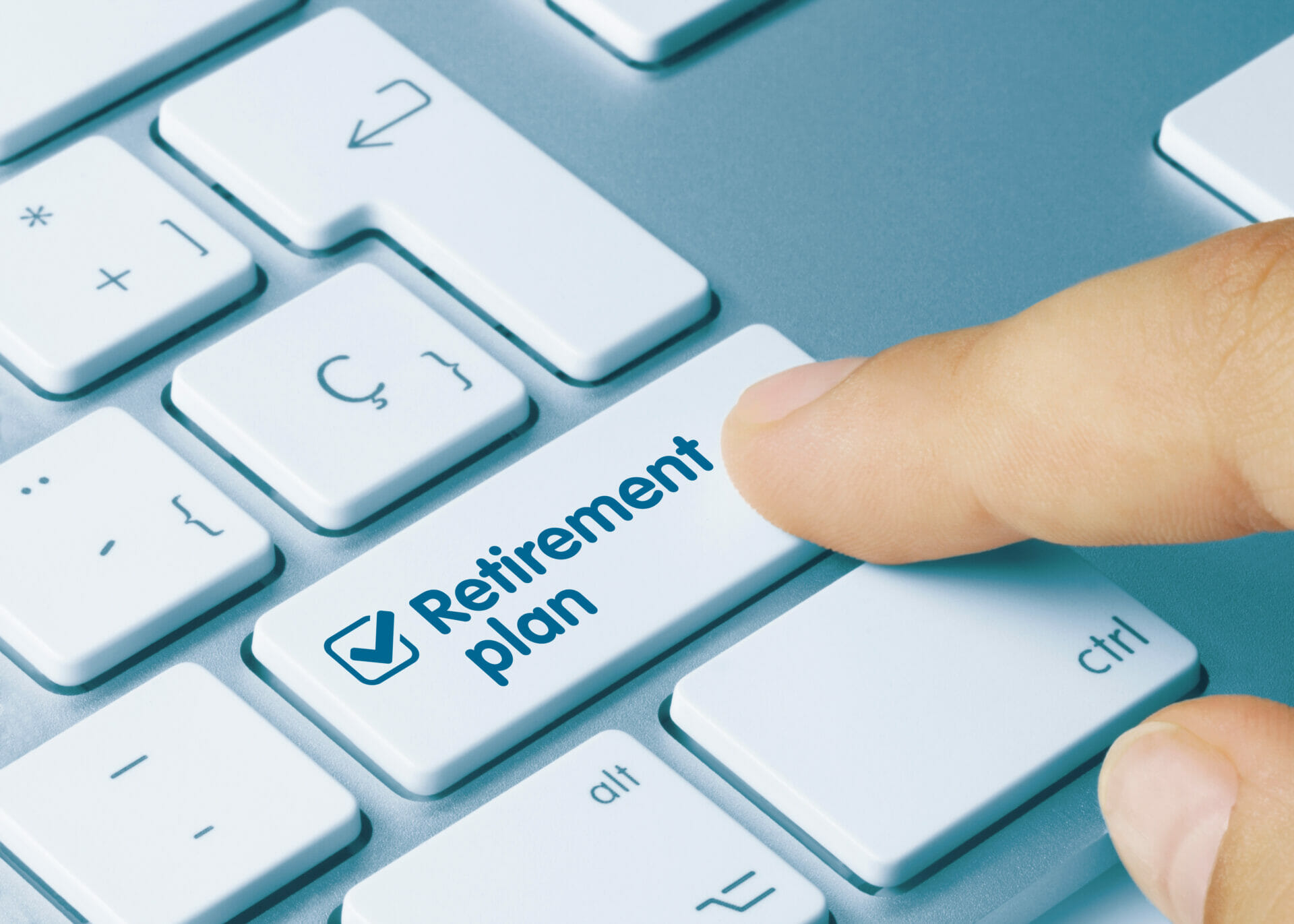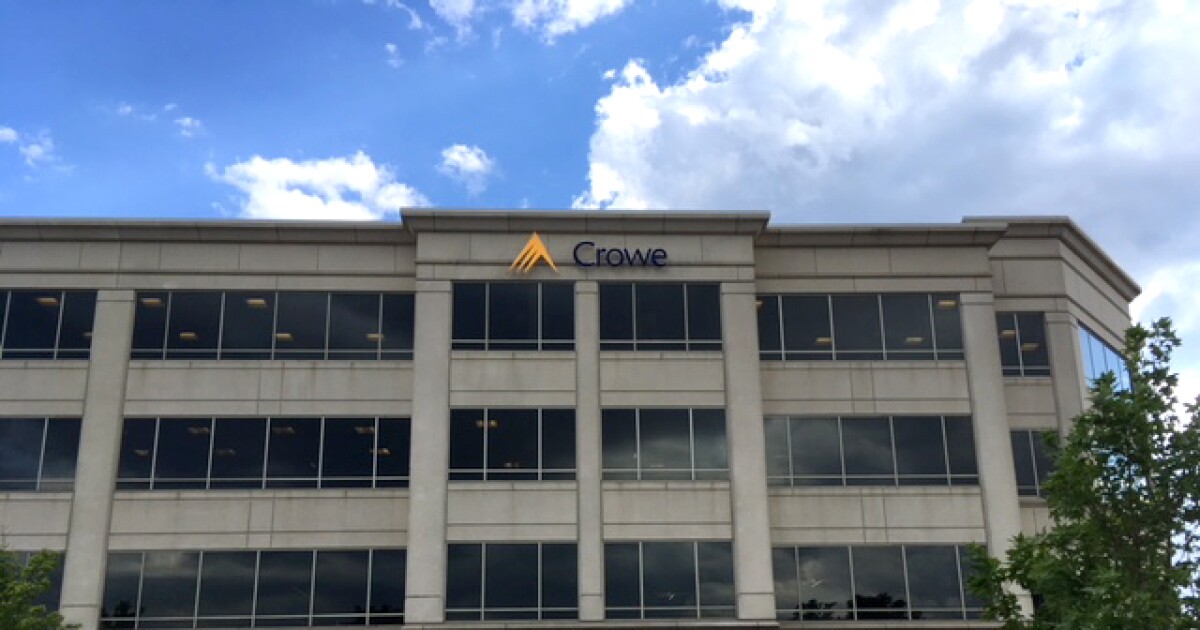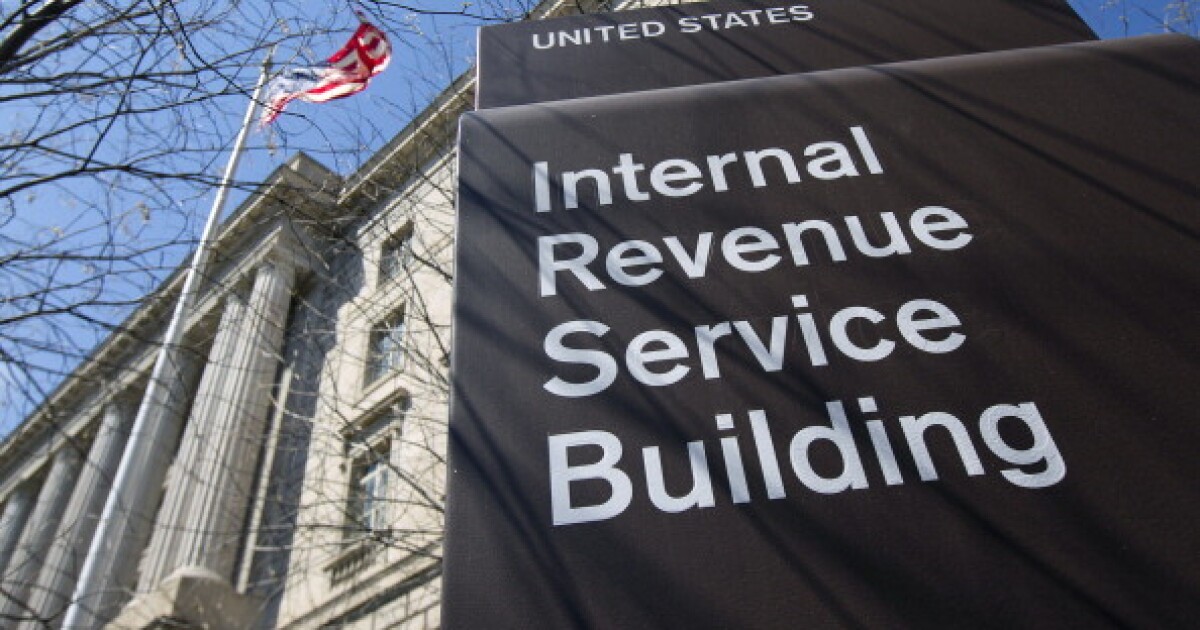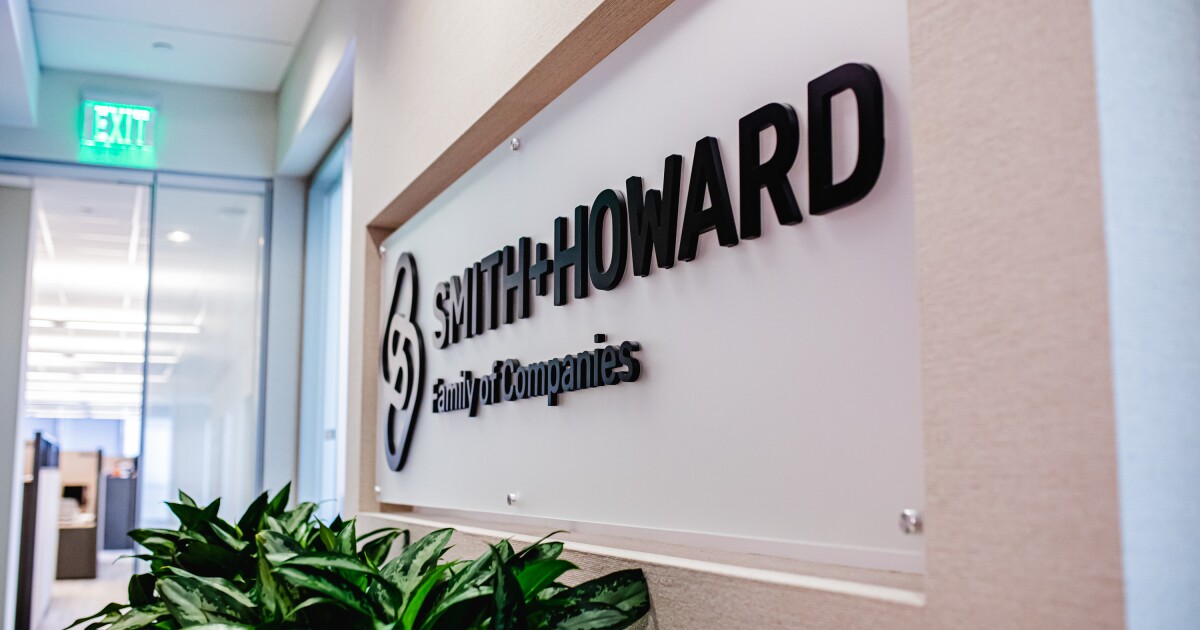The SECURE Act 2.0 was recently passed, ushering in significant changes to retirement planning incentives. Understanding these new provisions is critical for maximizing potential tax benefits as a small business owner.
You’ll have more flexibility with distributions, and your part-time employees can now participate too. Let’s dive in and understand how these expanded financial incentives can significantly benefit you.
This analysis illuminates key enhancements like the doubling of start-up credits, expanded plan eligibility, and new credits for employer contributions. With this knowledge, you can craft practical strategies to harness these incentives.
Key Insights
- The SECURE Act 2.0 aims to expand access to retirement savings plan options for employees of small businesses.
- It provides tax incentives for small businesses that start a new retirement plan.
- The act allows unrelated small businesses to join together to offer retirement plans, reducing administrative and fiduciary responsibilities for participating employers.
- The act increases the tax credit for small businesses that start a new retirement plan.
Overview of the SECURE Act 2.0
The SECURE Act 2.0, going into effect on January 1st, 2024, is introducing significant changes. It introduces expanded tax incentives for small businesses, allowing them to offer retirement savings options to their employees. This provision is exciting for small businesses, as it reduces administrative duties and boosts access to retirement savings options.
Modified Catch-Up Contributions
Another change the SECURE Act 2.0 brought is modified catch-up contributions for retirement accounts. This expansion allows individuals aged 50 or older to stash more in their retirement accounts. A new annual contribution limit is also introduced specifically for workers aged 60 – 63. Starting from 2024, these catch-up contributions must be deposited into Roth accounts.
The Roth catch-up rule for high earners over 50 years old was supposed to start in 2024, but due to implementation issues, the IRS has delayed it until 2026. Once in effect, individuals earning $145,000 or more will have to make catch-up contributions to Roth accounts. (IRS)
New Rules for Required Minimum Distributions (RMDs)
The Act also brings new rules for required minimum distributions (RMDs). The age brackets for RMDs are adjusted, with the new rules kicking off at age 73 if you’re turning 72 after this year. For those turning 72 in or after 2030, the RMDs start at age 74. Finally, if you turn 74 post-2034, the RMDs begin at age 75.
There are also other noteworthy provisions in the SECURE Act 2.0. Small businesses can now join together to offer Multiple Employer Plans (MEPs), which reduces administrative duties and increases access to retirement savings options. Additionally, penalty-free withdrawals are allowed for birth or adoption costs, and there is broader part-time worker eligibility in employer-sponsored benefit plans.
What incentives does SECURE 2.0 offer small businesses?
The SECURE 2.0 Act was passed to offer incentives for small businesses to begin offering retirement benefits plans, such as tax credits and other benefits. For companies with up to 50 employees, this means they could receive a substantial tax credit of up to 100% of the start-up and administrative costs for the first three years of operation. Additionally, these small businesses can qualify for an annual tax credit of up to $1,000 per employee earning $100,000 or less for any contributions that the employer makes to defined contribution plans.
With SECURE 2.0 in place, employers have access to multiple incentive options to reward their employees with retirement savings opportunities while also ensuring that their business complies with all relevant laws and regulations. These incentives ensure that small businesses take advantage of available programs designed specifically for them, ensuring that their employees can get started on a secure financial future.
Key Tax Incentives for Small Businesses in the SECURE Act 2.0
In the realm of retirement planning, it’s essential to explore how different provisions in the updated law can benefit your company financially. The SECURE Act 2.0 introduces key tax incentives that directly target small businesses like yours.
These reforms aim to encourage you to establish retirement plans for your employees. There’s an increase in the tax credit for small businesses that start a new retirement plan, leading to significant tax savings and financial growth for your firm. It’s worth mentioning, too that automatic enrolment isn’t just advantageous for your employees’ futures; employers also receive tax benefits from this arrangement.
Moreover, access to Multiple Employer Plans (MEPs) has been expanded, allowing you and other unrelated small businesses to band together and offer retirement plans. This reduces administrative hassle while providing potential cost savings.
Finally, catch-up contributions have been extended further, with Roth options now available for employer-matching contributions – another lucrative incentive.
In essence, these changes are designed to enhance your employees’ retirement prospects and provide tangible benefits for your business. So, it’s worth taking time to understand them fully and make them work in favor of your business growth.

RETROACTIVE SOLO 401(K) PLANS WITH ELECTIVE DEFERRALS
The SECURE 2.0 law has resolved a flaw that made it challenging for solo 401(k) plans to be retroactively opened for a previous year. Solo 401(k) plans are ideal for self-employed business owners with no employees, allowing them to act as both employee and employer for purposes of contributions. The 2023 limits for elective deferrals are $22,500, or $30,000 if over 50, and employer contributions are capped at 20% of adjusted net earnings. However, the original SECURE Act made it difficult to open such a plan retroactively, as a plan created after the first year could only include employer contributions.
SECURE 2.0 now permits sole proprietors to establish retroactive solo 401(k) plans with both employer contributions and elective deferrals. The deadline for adopting a new plan with both types of contributions after its first year is the due date of the individual’s previous year’s tax return (without extensions). However, it appears that this new option won’t be available until 2024 for retroactively setting up 2023 plans.
Analyzing the Impact of SECURE Act 2.0 on Small Business Finances
- Assessing how the latest retirement planning reforms might affect your company’s financial health is vital. The SECURE Act 2.0 introduces changes that could significantly impact your small business, particularly concerning tax benefits and cost savings.
- Retirement plans: The Act expands access to Multiple Employer Plans (MEPs), allowing you to join with unrelated businesses in offering retirement plans. This could lead to reduced administrative costs.
- Employee participation: With automatic enrolment for new 401(k) plans, you’ll likely see increased employee participation which can strengthen your workforce’s financial security.
- Cost savings: There are potential cost savings through lower plan management fees by joining a MEP. Plus, the Act increases the tax credit for small businesses starting new employee retirement plans.
- Tax benefits: Employers can now make Roth contributions as part of their matching scheme. These contributions offer distinct tax advantages down the line.
Being aware of these changes allows you to strategically navigate the new landscape, maximizing benefits for your business and employees while minimizing negative repercussions.
Here are key strategies to optimize new tax benefits:
| Provision | Strategy |
| Increased Start-Up Credits | Utilize when initiating a new plan |
| Expanded Plan Eligibility | Join a multiple-employer plan |
| New Contribution Credits | Boost contributions for under $100k earners |
With the passage of the SECURE Act 2.0, taking full advantage of the new tax incentives through strategic planning and implementation will provide tangible benefits for your bottom line and workforce retirement outlook.
Case Studies: Small Businesses Benefiting From SECURE Act 2.0
Let’s dive into real-world examples of how companies are reaping the benefits of these recent retirement planning reforms. The implementation challenges have been varied, but the success stories and long-term benefits are beginning to emerge.
Consider ‘Company A,’ a small business that took advantage of the expanded access to Multiple Employer Plans (MEPs). Despite initial setup hurdles, this led to significant tax savings and enhanced retirement outcomes for their employees.
‘Company B,’ on the other hand, capitalized on the automatic 401(k) enrollment provision. This move boosted employee participation rates in their retirement plan, ensuring more secure futures for their staff.
These case studies illustrate just a handful of ways companies can leverage SECURE Act 2.0 provisions for substantial benefits.
| Company | Implemented Reform | Benefit |
| Company A | Access to MEPs | Tax savings |
| Company B | Automatic 401(k) Enrollment | Increased Employee Participation |
| Company C | Enhanced Tax Credit For New Retirement Plan Start-Up | Lowered Startup Costs |
| Company D | Penalty-Free Withdrawals for Birth/Adoption Expenses | Family-friendly Policies |
| Company E | Catch-Up Contributions Deposited in Roth Accounts 2024 Onward | Long-Term Savings |
Future Prospects and Implications of the SECURE Act 2.0 for Small Businesses
Future prospects of these retirement reforms are looking bright, with potential implications that could drastically enhance the long-term financial well-being of employees. As a business owner, you’re in a prime position to harness these changes for your growth and the betterment of your team.
Consider how SECURE Act 2.0 could impact retirement benefits:
- Enhanced tax savings: With expanded catch-up contributions and adjustments to RMDs, there’s potential for significant tax savings.
- Employee benefits: Automatic enrollment in 401(k) plans can boost employee morale by showing them you’re invested in their future.
- Business growth: Tax incentives for small businesses that start new retirement plans could free up capital for reinvestment in your operations.
- Financial planning: With more flexibility around RMD strategies and the option to consider student loan payments as elective retirement contributions, you’ve got fresh angles to approach financial planning.




